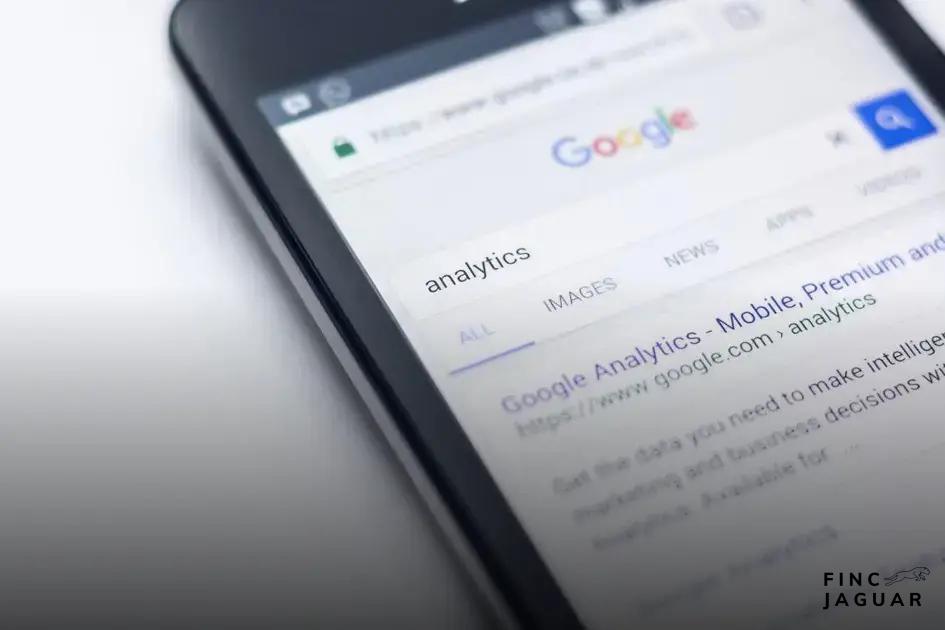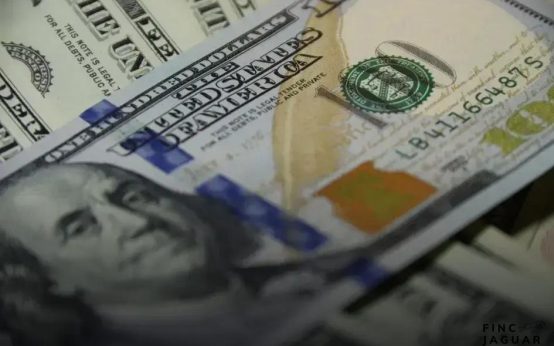Ready to transform your financial habits? Discover how a No-Spend Month Challenge can help you save money effortlessly. By mastering your spending habits, you’ll learn to distinguish between needs and wants, ultimately leading to a more mindful financial lifestyle. Throughout this guide, we’ll cover setting realistic goals, identifying essential expenses, and ways to stay motivated, ensuring your success in this month-long money-saving journey.
Setting Realistic No-Spend Goals
One way to ensure success in a no-spend month challenge is by setting realistic goals. Start by understanding your current spending habits. This will help you identify areas where you can cut back without feeling deprived. Consider your monthly income, and create a budget that covers only essential costs, such as rent, utilities, and groceries. Be realistic about what expenses you can eliminate and which you simply cannot. Set clear financial targets you want to achieve by the end of the month, such as saving a specific amount of money.
To keep your goals achievable, break them down into smaller, actionable steps. For example, aim to avoid dining out or make your coffee at home instead of buying it. These small changes can add up significantly over time. Make sure your goals are measurable so you can track your progress, and adjust them if necessary.
Remember to communicate your plans with family or roommates. Their support will help you remain committed to your goals. Expect some challenges along the way, but view them as part of the learning process. Stay flexible and open to adjusting your goals based on what works best for you. This approach ensures that the challenge remains enjoyable rather than overwhelming.
Identifying Essential vs. Non-Essential Expenses

When embarking on a No-Spend Month Challenge, it is crucial to distinguish between essential and non-essential expenses. This process helps prioritize your spending and maximize savings.
Understanding Essential Expenses
Essential expenses are those necessary for your daily living and well-being. These include rent or mortgage payments, utilities, groceries, transportation costs, insurance, and basic medical needs. Without these, maintaining your daily life becomes difficult.
Recognizing Non-Essential Expenses
Non-essential expenses are items you can live without. These often involve luxury or convenience, such as dining out, entertainment subscriptions, unnecessary clothing purchases, and frequent coffee shop visits. Identifying these allows you to cut them out temporarily during the challenge.
To effectively categorize your expenses, start by reviewing your bank statements or using budgeting apps to track your past spending. Clearly label each item as either essential or non-essential. This offers insight into where your money typically goes and highlights areas where you can reduce spending.
Adjust As Needed
Keep in mind that these categories aren’t set in stone. Life circumstances might shift priorities. Be flexible and adjust your list as needed while sticking to the challenge’s core principles. Additionally, discussing these distinctions with family members can help align everyone’s understanding and commitment to the challenge.
Tracking Your Progress and Staying Motivated
Monitoring your advancement during a no-spend month challenge can be a powerful motivator. Begin by establishing a method to track your spending on essentials versus non-essentials. Creating a simple spreadsheet or using budgeting apps like Mint or YNAB can help you keep an accurate record of your expenses.
Check your progress at regular intervals, daily or weekly, to see where you stand against your goals. Each time you notice any drop in non-essential spending, it’s a reason to celebrate and stay motivated.
Sharing your journey with friends or family can also be an effective way to maintain motivation. Consider joining online communities where others are also participating in similar challenges. Engage in conversations, share tips, and celebrate each other’s savings milestones. This social aspect can encourage you to stick with your goals.
Recognize that some days might be more challenging than others. To overcome temptations, remind yourself of the long-term benefits of the challenge. Every reduction in unnecessary spending gets you a step closer to reaching your financial goal, whether that’s saving for a vacation, paying off debt, or simply adding more to your emergency fund.
Encourage yourself with visual reminders. Whether a vision board, a sticky note on your fridge, or a motivational quote on your phone, these little boosts can provide the extra push needed to remain committed to the no-spend month challenge.
Reflecting on the Benefits Post-Challenge

Completing a no-spend month can be both an enlightening and rewarding experience. As the challenge wraps up, it’s crucial to reflect on the benefits you gained and how they can shape your financial future. One of the most significant outcomes of this challenge is the improved understanding of spending habits. You are likely to find that some previously assumed essentials were, in fact, unnecessary expenses. This realization can lead to more mindful spending decisions in the future.
Another benefit is the enhanced ability to prioritize. By not spending impulsively, you have learned how important it is to differentiate between needs and wants, making it easier to set long-term financial goals. You may also notice an increase in your savings. Seeing tangible results from your efforts can be motivating and encourage continued discipline.
Furthermore, the challenge enhances your budgeting skills and showcases the potential of sticking to a budget. You’ll notice how small changes in your daily routine can lead to substantial financial impact, demonstrating the power of incremental progress over time.
Feeling a sense of accomplishment and having a more secure financial outlook are other positive outcomes. As you review your month, consider what strategies worked best for you and what could be improved for future challenges. By consistently applying what you’ve learned, you’ll reinforce positive financial habits that benefit you long-term.





